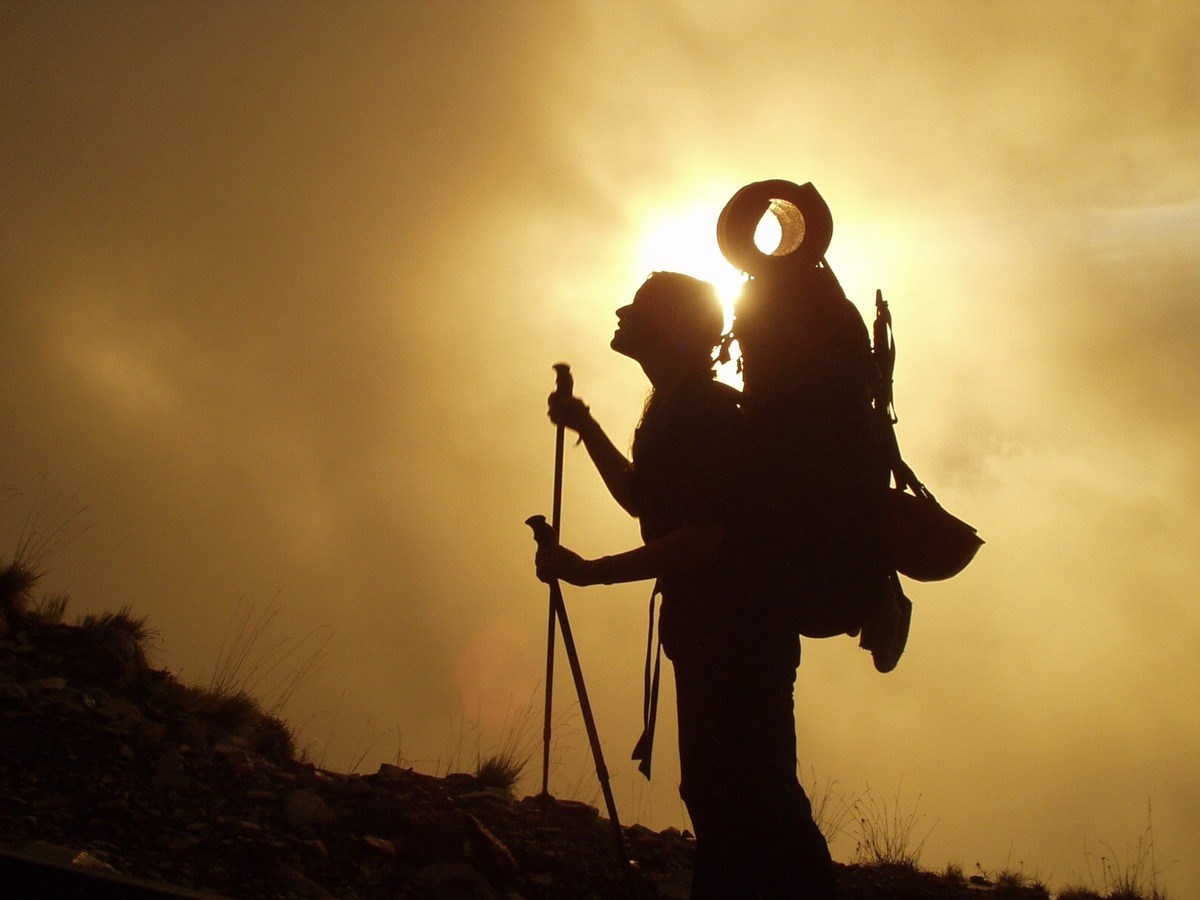How to orient yourself during excursions in Aosta Valley

WARNING: in the Aosta Valley region the white and red symbols that you may notice on stones or the stems of plants do not indicate trails, their sole purpose is to define the forest zoning parcels!
VERTICAL SIGNPOSTS

These signposts consist of a pole with yellow coloured signs containing a number or the abbreviation of the trail, the placename of the destination, the altitude, the walking time and the difficulty level of the trail, which may be:
T = tourist excursionist itinerary: routes on footpaths, mule tracks or wide paths. The walks are quite short and they don’t present orienteering problems.
E = excursion route without technical difficulty: Itineraries on footpaths or trails on different ground types (grassy meadows, rocky ground...). There are horizontal signs painted on rocks or small rocky pyramids to indicate the route. Orienteering capacity and good training to walk some hours are required.
EE = itinerary for expert hikers: sign-posted itineraries with some difficulties: slippery, grassy or rocky ground, rocky or snowy slopes or easy climbing passages (use of hands necessary). No equipment required even if it’s possible to find easy stretches of “via ferrata “.
Only for experienced mountain hikers with a secure step, a good feeling for balance. Physical training for 1-day walk required.
EEA = itinerary for expert hikers with equipment: equipped tracks or vie ferrate. Safety technical equipment required.
The vertical signposts are located at the entrance to the trails and near the stopover sites (mountain huts, bivouacs,..), from then onwards the horizontal signposts will indicate the route.

HORIZONTAL SIGNPOSTS
They consist of yellow coloured symbols with the numbers inscribed in black or an abbreviation in letters, integrated with directional arrows, they are usually found on stones, at junctions or at the crossroads of paths.




DSC_5352_Enzo_Massa_Micon.jpg?v=638290817060000000)







